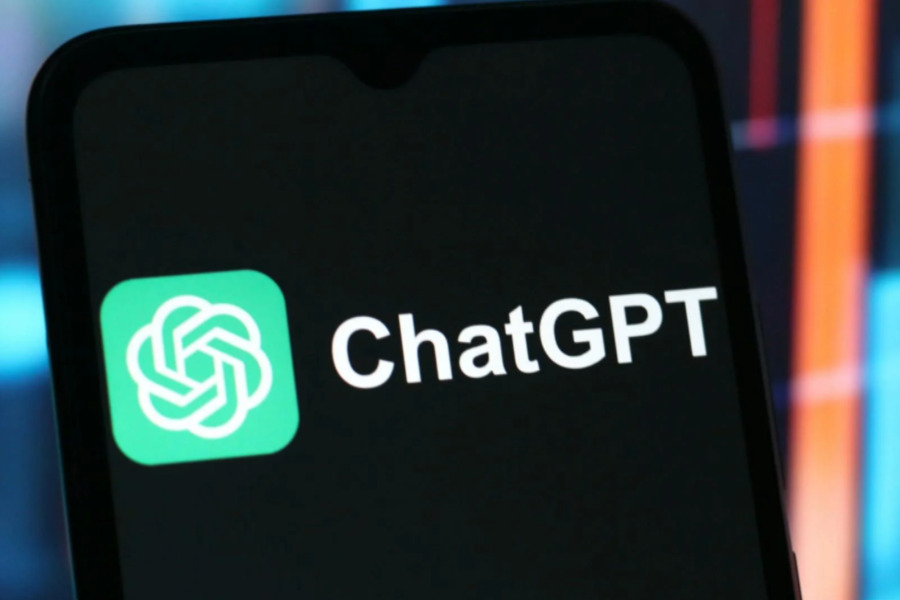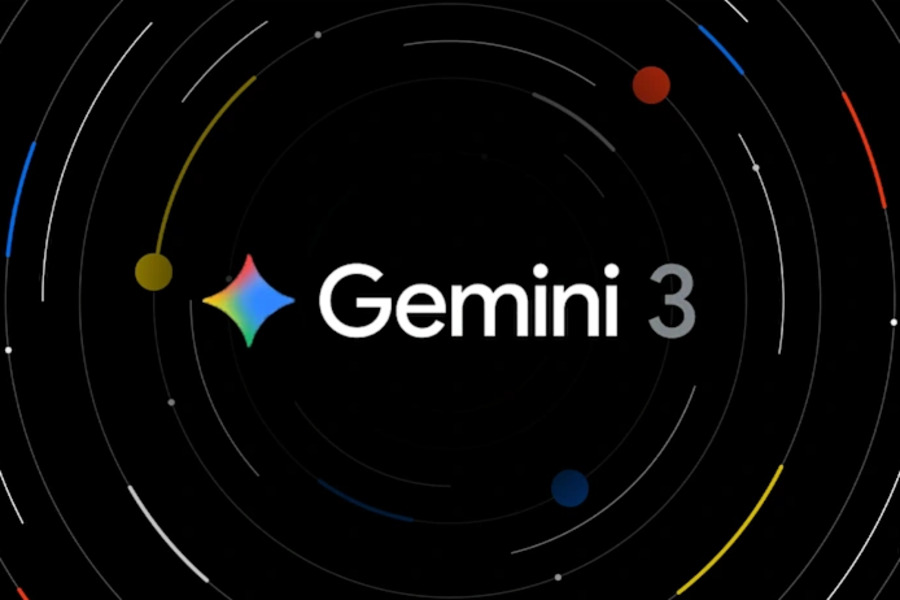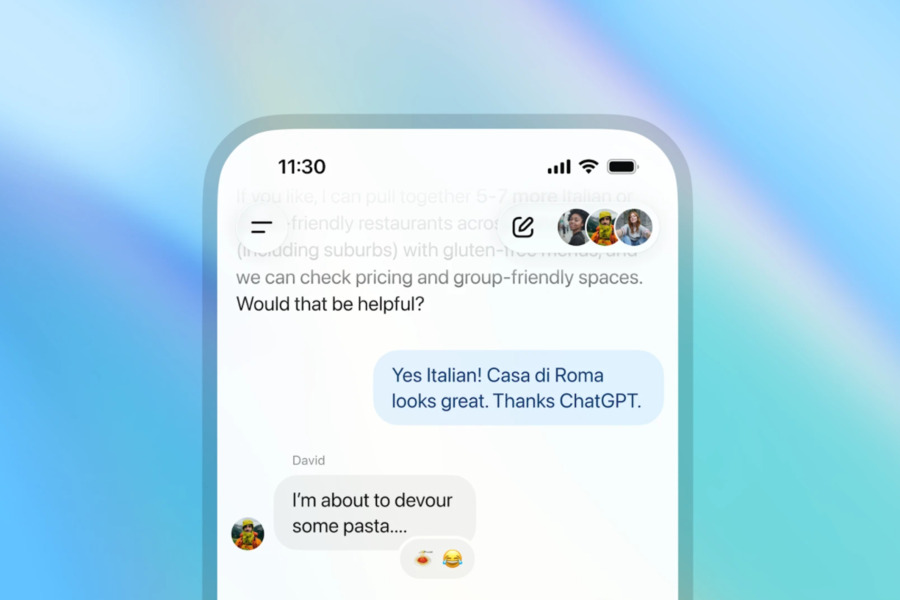OpenAI has begun testing a new safety routing system for ChatGPT while officially rolling out comprehensive ChatGPT parental control features. These updates respond to earlier concerns about user safety, particularly around emotionally sensitive dialogues and harmful content.
The move has drawn both support and criticism from users worldwide, highlighting the ongoing challenge of balancing safety with usability in public AI platforms.
How Does ChatGPT Parental Controls Work
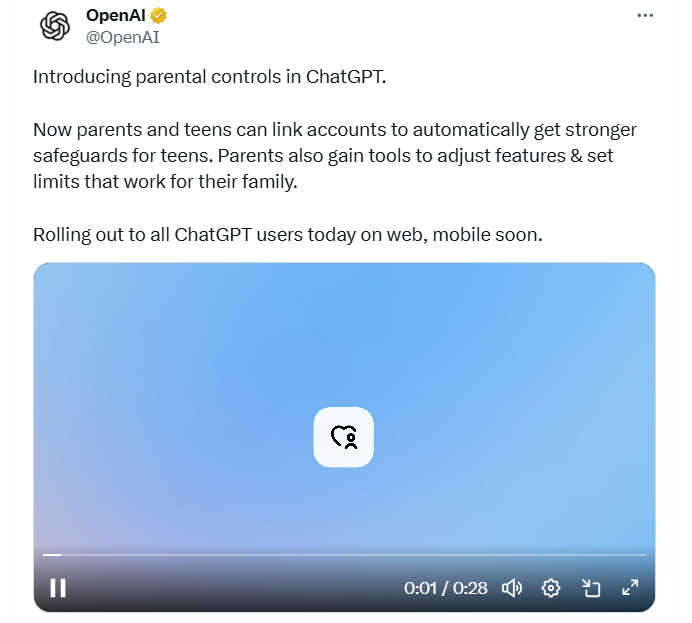
OpenAI’s newly introduced parental controls enable guardians to customize how teenagers interact with ChatGPT. Parents can set quiet hours, disable voice mode and memory functions, and restrict image generation capabilities. Teen accounts also come with enhanced content filters designed to limit exposure to violent or extreme material.
Additionally, the system includes proactive monitoring for signs of self-harm or emotional distress. When potential risks are detected, a specialized safety team reviews the case and notifies parents through email, SMS, or push notifications—unless they have opted out. In critical situations where a parent cannot be reached, OpenAI is developing protocols to alert law enforcement or emergency services directly.
Read More: OpenAI Launches GPT-5-Codex
How the New Safety Router and GPT-5 Work Together
Central to OpenAI’s safety upgrade is a real-time routing mechanism that identifies emotionally charged or high-risk conversations. When triggered, the system automatically shifts the user to GPT-5, which is equipped with specialized “safe completions” technology.
Unlike earlier models that often responded to sensitive topics with generic refusals, GPT-5 is designed to offer nuanced, helpful, and safety-aligned responses. This approach aims to reduce what OpenAI refers to as “AI delusion,” where users may feel overly validated or led into risky behavior. By maintaining dialogue rather than shutting it down, OpenAI hopes to keep the AI useful while prioritizing user safety.
User Reactions to ChatGPT Parental Controls and Safety Updates
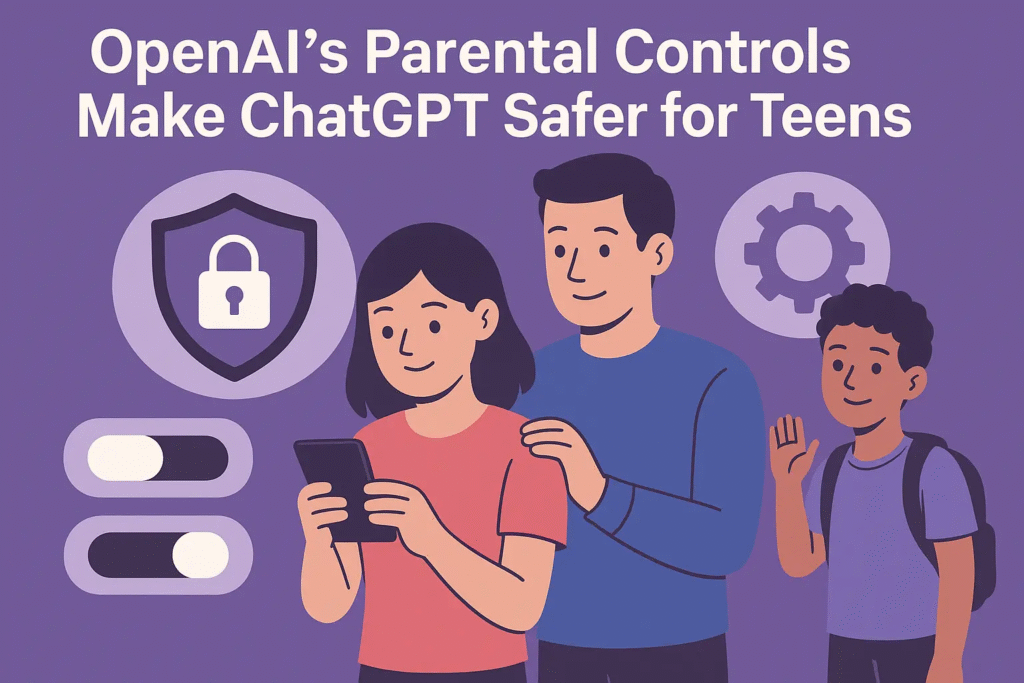
While many parents welcome the added oversight, a significant number of users—particularly adults—have expressed frustration. Critics argue that the increased safeguards limit creative freedom and make the platform feel overly restricted. Some have reported a noticeable drop in response quality when the system switches to more conservative safety models.
Nick Turley, Head of ChatGPT at OpenAI, responded to the feedback on social media, acknowledging the adjustment period users may experience. He clarified that the model switch is temporary and that users can always check which model is active. He also confirmed that OpenAI plans to refine the routing system over the next 120 days based on user data and feedback.
Conclusion on ChatGPT Parental Controls
OpenAI’s latest updates underscore the complex trade-offs involved in deploying generative AI at scale. The parental controls strike a careful balance—allowing oversight without granting parents access to their teen’s private chat history. This preserves a degree of privacy while enabling intervention in critical situations.
The new safety routing system and integration of GPT-5 represent a shift toward more context-aware and responsive AI moderation. By collaborating with mental health experts and advocacy groups, OpenAI continues to refine its approach to safety—aiming to be both developmentally appropriate and effective.
These changes mark a pivotal moment in OpenAI’s effort to foster a safer AI ecosystem. As the technology evolves, so too will the strategies to protect users without compromising the utility and creativity that make platforms like ChatGPT so widely used.
